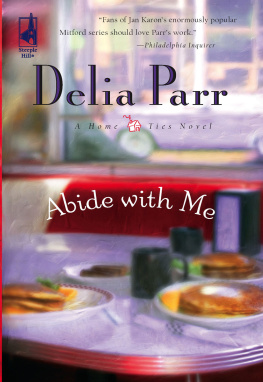Dmitry Orlov - Communities that Abide
Here you can read online Dmitry Orlov - Communities that Abide full text of the book (entire story) in english for free. Download pdf and epub, get meaning, cover and reviews about this ebook. year: 2014, genre: Politics. Description of the work, (preface) as well as reviews are available. Best literature library LitArk.com created for fans of good reading and offers a wide selection of genres:
Romance novel
Science fiction
Adventure
Detective
Science
History
Home and family
Prose
Art
Politics
Computer
Non-fiction
Religion
Business
Children
Humor
Choose a favorite category and find really read worthwhile books. Enjoy immersion in the world of imagination, feel the emotions of the characters or learn something new for yourself, make an fascinating discovery.
- Book:Communities that Abide
- Author:
- Genre:
- Year:2014
- Rating:4 / 5
- Favourites:Add to favourites
- Your mark:
- 80
- 1
- 2
- 3
- 4
- 5
Communities that Abide: summary, description and annotation
We offer to read an annotation, description, summary or preface (depends on what the author of the book "Communities that Abide" wrote himself). If you haven't found the necessary information about the book — write in the comments, we will try to find it.
Dmitry Orlov: author's other books
Who wrote Communities that Abide? Find out the surname, the name of the author of the book and a list of all author's works by series.
Communities that Abide — read online for free the complete book (whole text) full work
Below is the text of the book, divided by pages. System saving the place of the last page read, allows you to conveniently read the book "Communities that Abide" online for free, without having to search again every time where you left off. Put a bookmark, and you can go to the page where you finished reading at any time.
Font size:
Interval:
Bookmark:
Published in USA
First Published: May 2014Limited reproduction of excerpts and sections with correct attributionfor educational and non-commercial use is permitted and does notrequire express written authorization.
Cover design by Dmitry Orlov
Dmitry Orlov
Communities that Abide
Peter Kropotkin
Small Communist Communities: What Causes them to Fail
James Truong, MD
Appropriate Health Care for a World in Flux: A Strategy
Capt. Ray Jason
The Sea Gypsies: A Hidden Community that Abides
Albert Bates
Lifeboats: A Memoir
Jason Heppenstall
Laos: Resilience in the Face of Genocide
Peter Gray, MD
Village Medicine
The cover of this book is not just a pretty picture: it offers avaluable object lesson. I took this photograph while living in CostaRica during the winter of 2014. The pendulous shapes with which thedead tree is festooned are the nests of Montezuma Oropendola, aspecies of large, tropical, yellow-tailed blackbird. The Oropendolaare colony breeders, and here was a colony of well over 50 adultindividuals nesting in a dead treepretty much right in my backyard! Itend to spend a lot of time hammering on a laptop, and having such asplendid view on which I could periodically rest my eyes was mostwelcome. These are good-sized birdsthe size of the averagechickenbut much better flyers. They weave large sock-like nests outof long strands of grass, in which they sleep and rear theirchicks. They are gregarious and talkative bordering on raucous, andsome people don't like their endless chatter punctuated by loudyodeling, but I got to like them.
After a while spent watching them, I realized that most of theiryodeling has to do with securing the perimeter and air trafficcontrol. The Oropendola tend to claim an exclusive right over a givenlarge tree, where they post a sentry. They are peaceful (I didn't seea single squabble) but they are so well organized that other birds,from eagles and vultures to the various tiny ones, tend to avoidthem. The sentry's job is to check everyone in and out of that tree(although when the sentry is left alone guarding a tree, smaller birdspecies are welcome to visit). Most of the flights are straight linecourses between trees, during which they are bid adieu in one tree andgreeted in the next, using two distinctive series of squawks from thesentries.
These birds are late sleepers, hiding in their nests until broaddaylight, whereas other birds wake up and start singing at firstlight. Dusk is their favorite time of day; this is when they allcongregate and socialize, and mate. They mate in midair, like eaglesand vultures, but unlike these, they don't just grab onto each otherand plummet but do a maneuver reminiscent of pairs figure skating.
This Oropendola colony seemed like the perfect subject for thecover of a book about resilient communities. Here they were, thrivingin a dead tree, just like we are attempting to thrive while stilltethered to a civilization that is nearing collapse due to resourcedepletion, runaway climate change and the suicidal stupidity of thebarely sentient moneybags who are running the show. I took a number ofpictures of this tree, during different times of day, until I got theone I wanted: the tree is deserted, with the entire colony outforaging for fruit and insects, except for the chicks hiding insidethe nests and, of course, the everpresent sentinel.
And then, one rainy morning, a few days after I took this picture,I heard the roar of a chainsaw, and then a loud crash. I came out tolook, and the dead tree was missing. Instead, there was a large numberof Oropendola up in the sky, circling in uncharacteristic silencearound the spot where their tree had stood. The object lesson of theOropendola just became a bit more poignant: this is what collapselooks like.
I soon found out that the tree's roots were on an adjoiningproperty, and that the owner of that property killed the tree bypouring a foundation slab over the roots and then, once it was deadand could be declared a hazard, hired some locals to cut it down. Thatperson also owns a gift shop, where tourists can now buy Oropendolanests as curios. The object lesson of the Oropendola became even morepoignant: what destroyed their habitat was the profit motive.
The birds circled for an hour or so, and then regrouped. Theyposted sentries on the neighboring tall trees, and spent a few hoursdrilling: flying back and forth between trees single-file and havingthe sentries check them out and in again, as before. A day later theystarted collecting grass for new nests. (They first assemble a giantstockpile of long strands of grass in the crook of a tree, and thencommence weaving.) Three days later, they didn't seem any less happythan before the calamity, and a lot louder (clearly, there was a lotmore for them to discuss).
The object lesson of the Oropendola is now complete. We are nesting ina dead tree. The tree was killed in order for someone to turn aprofit. Our community will abide because:
- we are self-sufficient;
- we have the ability to self-organize and recover in the face of calamity; and
- we will not be tied to any one place but will remain mobile.
Dmitry Orlov
Editor
It may surprise some of you to learn that such communities doexist, right now, right here in the U.S. Some of them are relativelywell-known, others disguise who they are and hide in plain sight. Theyare as varied as the accidents of history that brought them intobeing, but they also exhibit a set of common traits that is nothingshort of stunning. I have looked at a number of such communities, andthough they are as different as groups of humans can be, from acertain level of abstraction they all begin to look the same. Toexclude the numerous short-lived experiments, the ones I chose to lookat are the ones that have been around for a whilea century at least,preferably a few centuries, and this means that they are allpre-modern (and, being highly resistant to altering their ways, arevery likely to remain so).
Their attitudes toward gender equality, the rights of sexualminorities, the right to education, ethnic diversity or freedom ofreligion may, to our modern way of thinking, seem oppressive ordecidedly outdated. What this means is that it would be impolitic topropose that any of these communities can directly serve as ourmodels. But although almost none of us would ever want to emulatetheir ways directly, this does not render their examples any lessuseful, because the commonalities that unite them have nothing to dowith their attitudes toward such hot-button topics as gender orreligion.
Some limitations are an inevitable consequence of their small size;for instance, a community of a hundred or so people, with much of itsattention focused on the children and the breeding couples whichsustain their numbers, is unlikely to have a particularly active gayscene. In terms of gender as it relates to roles within the community,it is unclear what practical constraints, if any, drive or limit theextent of gender specialization, beyond simple biological factors thatdictate that women tend to take a greater role in the care of theyoungest children, and that men, being generally larger, are moreinvolved in tasks where greater size is an advantage.
Font size:
Interval:
Bookmark:
Similar books «Communities that Abide»
Look at similar books to Communities that Abide. We have selected literature similar in name and meaning in the hope of providing readers with more options to find new, interesting, not yet read works.
Discussion, reviews of the book Communities that Abide and just readers' own opinions. Leave your comments, write what you think about the work, its meaning or the main characters. Specify what exactly you liked and what you didn't like, and why you think so.




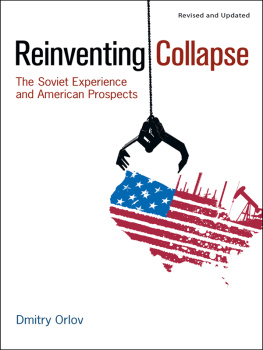
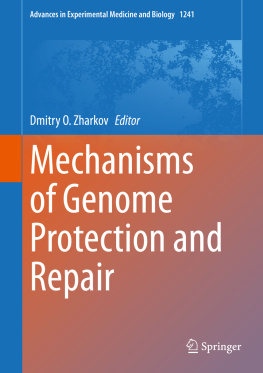
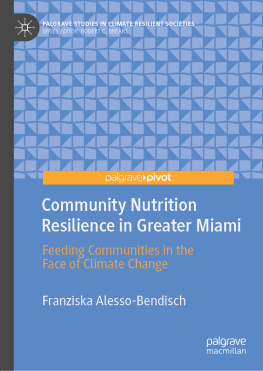
![Dmitry Zinoviev [Dmitry Zinoviev] - Data Science Essentials in Python](/uploads/posts/book/119602/thumbs/dmitry-zinoviev-dmitry-zinoviev-data-science.jpg)
